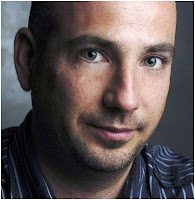
The forerunner to photography was the ability by artists to trace scenes onto canvas with the aid of projected images.
They were able to do this from as early as the 16th century using the camera obscura and the camera lucida.
These early cameras were not able to fix an image. That did not happen until 1826 when a Frenchman named Nicéphore Niépce produced an image on a polished pewter plate covered with a petroleum derivative.
The exposure time as an incredible eight hours and he later went on to improve his photographic technique using a silver and chalk mixture which darkens when exposed to light.
Niépce refined the process further when he formed a partnership with Louis Daguerre. When Niépce died in 1833, Daguerre carried on his work.
Andy Crozier is a Hull wedding photographer and portrait specialist

No comments:
Post a Comment